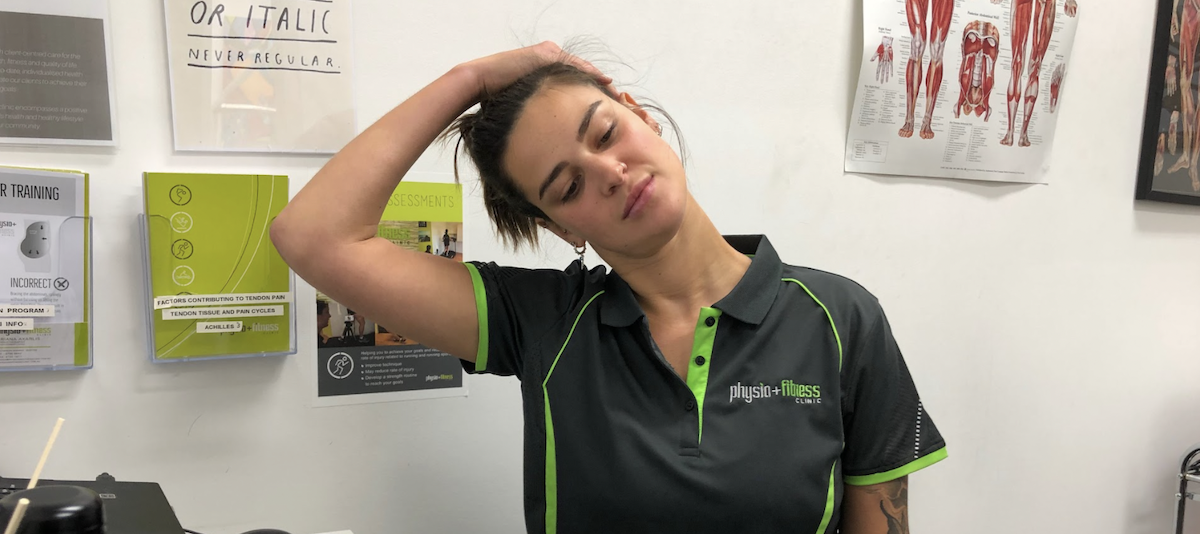Myofascial Dry Needling to Prevent Headaches
Most people will have experienced a headache at some point in their lives. In fact 4.9 million Australians were suffering migraines in 2018.
Headaches can come with a range of symptoms and have many classifications.
The most common types of headaches include tension headaches and migraines. A tension headache is often caused by muscle tension in the head or neck. This can happen from overuse or stress. Migraines are a chronic condition. They cause severe head pain, and also include other symptoms such as nausea and sensitivity to light.
What is Myofascial Dry Needling?
Myofascial Dry Needling involves the insertion of a thin filament needle into either muscle tissue or superficially into the surrounding fascia (connective tissue). MDN can be used to deactivate myofascial trigger points (TrPs) and relieve associated pain.
What is a trigger point for Dry Needling?
A trigger point, better known as a ‘knot’ is a bundle a muscle fibers holding a contraction to form a taut band or nodule within the muscle. They can be a result of a number of causes ranging from injury, being stuck in one posture all day or even stress (hello upper traps!).
TrPs can be sensitive to touch or with the muscle in use. They also have referral pain patterns – meaning that sore spot in your upper traps could be causing your headache or the pain in your lower back could be from tight hip flexors.
Can Dry Needling be used to Prevent Headaches?
Dry needling techniques are very effective at treating trigger points. The insertion of a needle into the TrPs helps the muscle tissue to relax, and also works with your central nervous system to engage top down signaling to calm the contraction in the muscle fibers. This in turn regains the muscle’s ability to lengthen and contract without pain or restriction.
How Dry Needling can help Prevent a Headache
If you suffer from regular headaches you should consult with a doctor about the best medicine for you. However, seeing a myotherapist to treat a headache could also help. One technique they might use is called Dry Needling. Dry needling helps with relieving the pain from headaches before the onset. This technique is administered by a professional who knows what points to penetrate in your muscles to help reduce pain.
Dry Needling vs. Acupuncture to prevent headaches
Whilst dry needling and acupuncture may look similar from the outside, they should not be confused. MDN focuses on stimulation to the muscles and targets TrPs. Whereas acupuncture is used to effect a wealth of health conditions, acupuncturists use the flow and meridian pathways in the body, inserting a needle to stimulate other areas (including organs) on the same meridian.
What type of headache do I have?
According to the International Headache Society, there are four primary classifications of headaches and seven secondary classifications.
Do I have a Primary Headache?
Primary headaches are:
Migraines
Migraines can come with or without aura.
Migraine without aura will last 4-72 hrs with moderate to intense pain. These headaches may have be throbbing and cause nausea and/or photophobia or phonophobia.
Migraines with aura are characterised by the neurological symptoms that usually precede the headaches, these can be visual, sensory, speech or motor control and are fully reversible once the migraine episode has passed
Tension-type Headaches (TTH)
Tension type headaches can be classified as infrequent episodic, frequent episodic, chronic, or probable. TTHs can be a result of peripheral or central pain mechanisms. Sensitivity to palpation in the muscles of the neck and shoulders is associated with TTHs.
Trigeminal autonomic cephalagias (TAC))
TAC’s have five further subclassifications, each with specific symptoms. The most commonly known TAC is the cluster headache.
What all these headaches have in common is severe unilateral pain presenting with an orbital, supra orbital or temporal distribution. TAC’s are episodic, lasting from seconds to hours, depending on the headache type and can occur anywhere from every second day to eight times a day. TAC’s pain is associated with cranial autonomic signs and symptoms, including eyelid oedema, nasal congestion or a sense of fullness in the ear.
Do I have a Secondary Headache?
Secondary headaches are:
-
Headache attributed to cranial or cervical vascular disorder
-
Headache attributed to non-vascular intracranial disorder
-
Headache attributed to a substance or its withdrawal
-
Headache attributed to infection
-
Headache attributed to disorder of homeostasis
-
Headache or facial pain attributed to disorder of the cranium, neck, eyes, ears, nose, sinuses, teeth, mouth or other facial or cervical structure
-
Headache attributed to psychiatric disorder

